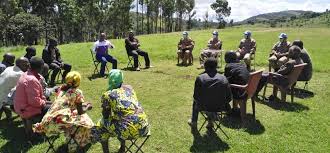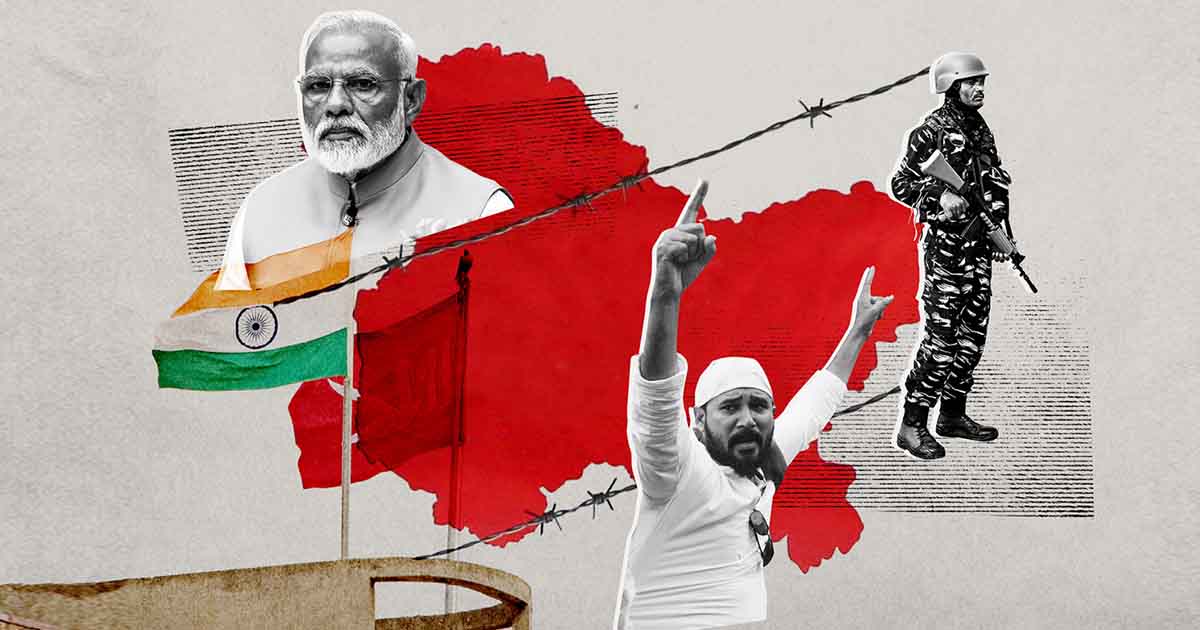
New York: In contrast to recent transitions, the next wave of UN peacekeeping transitions is set to occur in contexts where civilians continue to face threats of physical violence. These transitions are likely to have major implications for the protection of civilians (POC), which should be a key consideration for the UN when planning these missions’ exit strategies.
As the mandate of a UN peacekeeping operation draws to an end and the UN reconfigures its presence, the strategic goals of POC will evolve. To ensure sound exit strategies, missions should revise their protection priorities and approaches as countries move from crisis management toward peacebuilding. This requires shifting from a military-dominated to a civilian-led approach to POC in coordination with humanitarian, development, and other peace actors. It also requires defining the target end state for POC—a difficult task due to political sensitivities and the technical challenges of assessing ongoing threats to civilians. In addition, exit strategies need to focus on enhancing national ownership and leadership of POC, as states ultimately have the primary responsibility for protecting their civilian population.
Beyond these strategic considerations, the UN also needs to reconfigure its operational approach to POC both during peacekeeping transitions and after a mission’s closure. Under tier 1 of the UN Department of Peace Operations’ (DPO) POC concept (protection through dialogue), the UN needs to prioritize political engagement with host states and ensure that the mission’s followon presence continues to address POC in its political strategy and has adequate capacity in areas such as human rights monitoring. Under tier 2 (provision of physical protection), transferring tasks to host-state authorities without falling off a “physical protection cliff” requires delicate negotiations and significant capacity building. Finally, tier 3 (establishment of a protective environment) increases in importance as the strategic goals of a mission shift toward enhancing national ownership of POC and addressing the root causes of threats to civilians.
Twenty years on from the Security Council first mandating a UN peacekeeping operation to protect civilians, the UN’s approach to POC is entering a new phase in which missions are being called upon not only to respond to threats to civilians but also to plan for their exit and a shift toward peacebuilding. To avoid the premature departure of UN peacekeeping operations when civilians continue to face threats, the UN should develop a system-wide strategy to ensure smooth and sustainable peacekeeping transitions. Reliefweb.int


